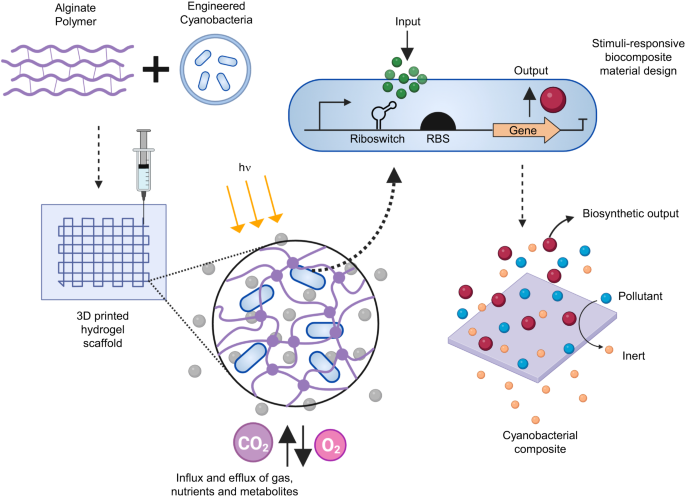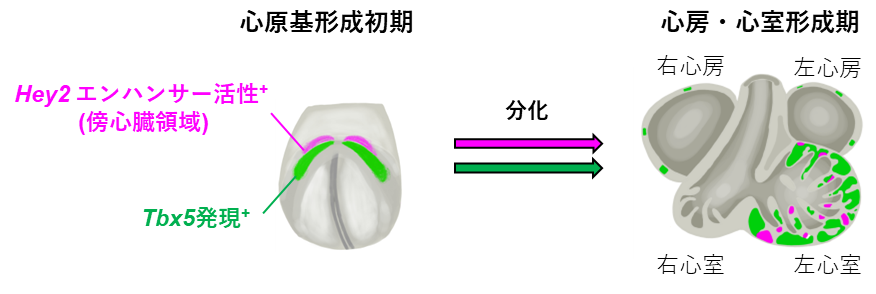2023-09-05 カリフォルニア大学サンディエゴ校(UCSD)
◆この材料は3Dプリントで作成され、汚染物質の浄化後に細菌を自己破壊させる仕組みを備えています。将来的には、環境に影響を与えない方法で細菌を破壊することが目標です。
<関連情報>
- https://today.ucsd.edu/story/3d-printed-living-material-could-clean-up-contaminated-water
- https://www.nature.com/articles/s41467-023-40265-2
人工シアノバクテリアを含む複合型生物材料 Phenotypically complex living materials containing engineered cyanobacteria
Debika Datta,Elliot L. Weiss,Daniel Wangpraseurt,Erica Hild,Shaochen Chen,James W. Golden,Susan S. Golden & Jonathan K. Pokorski
Nature Communications Published:07 August 2023
DOI:https://doi.org/10.1038/s41467-023-40265-2

Abstract
The field of engineered living materials lies at the intersection of materials science and synthetic biology with the aim of developing materials that can sense and respond to the environment. In this study, we use 3D printing to fabricate a cyanobacterial biocomposite material capable of producing multiple functional outputs in response to an external chemical stimulus and demonstrate the advantages of utilizing additive manufacturing techniques in controlling the shape of the fabricated photosynthetic material. As an initial proof-of-concept, a synthetic riboswitch is used to regulate the expression of a yellow fluorescent protein reporter in Synechococcus elongatus PCC 7942 within a hydrogel matrix. Subsequently, a strain of S. elongatus is engineered to produce an oxidative laccase enzyme; when printed within a hydrogel matrix the responsive biomaterial can decolorize a common textile dye pollutant, indigo carmine, potentially serving as a tool in environmental bioremediation. Finally, cells are engineered for inducible cell death to eliminate their presence once their activity is no longer required, which is an important function for biocontainment and minimizing environmental impact. By integrating genetically engineered stimuli-responsive cyanobacteria in volumetric 3D-printed designs, we demonstrate programmable photosynthetic biocomposite materials capable of producing functional outputs including, but not limited to, bioremediation.


